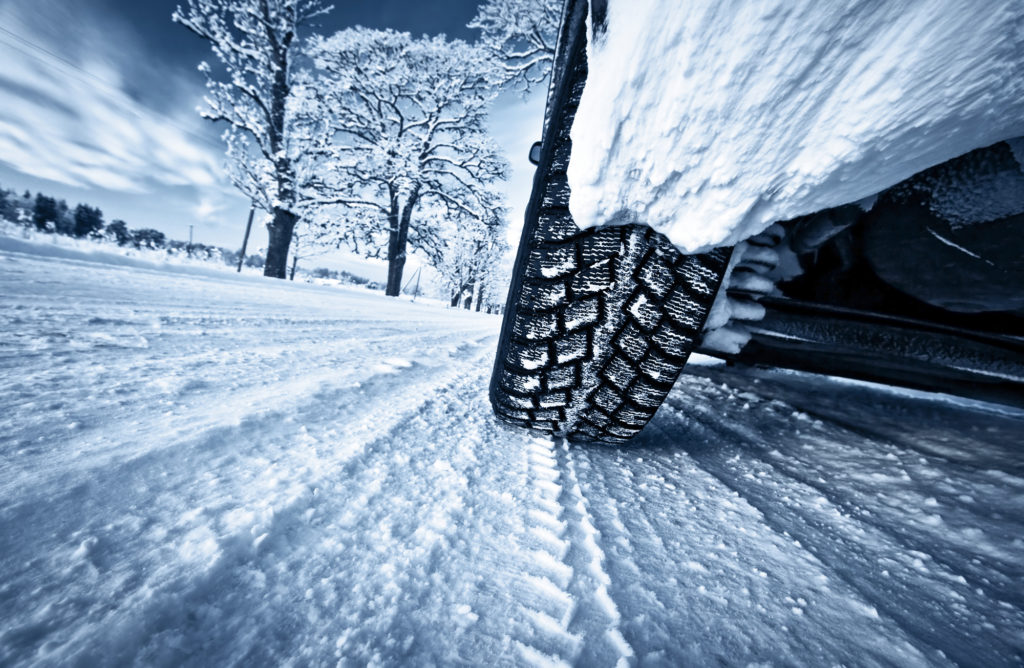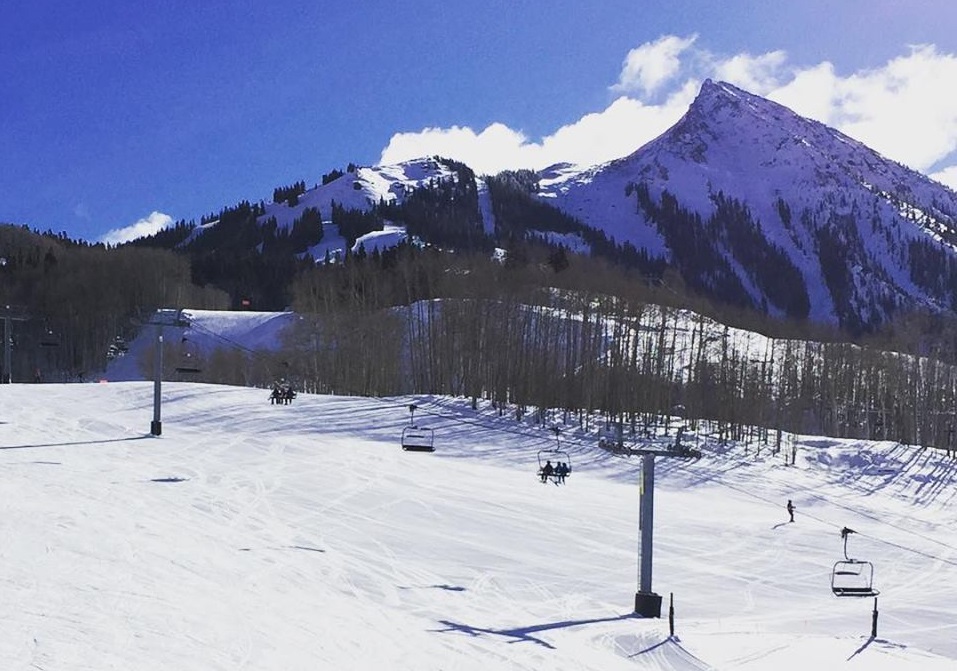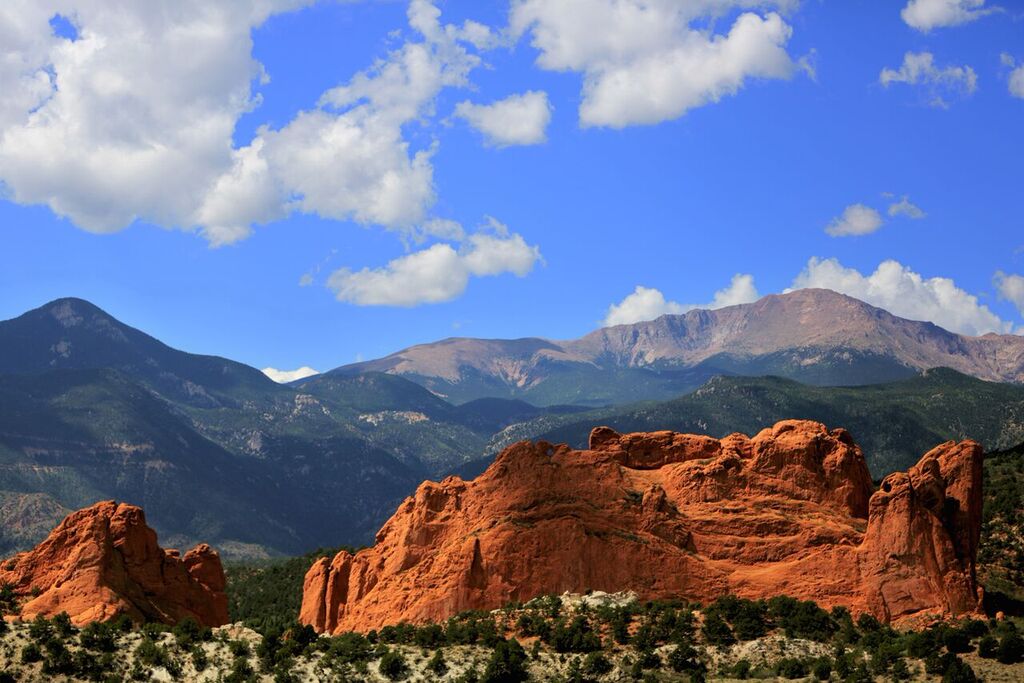
How to Assemble a Winter Safety Kit

One of the biggest blessings and joys of living in Colorado, is also one of its biggest concerns – I’m talking about our beautiful winters. Our state’s Department of Transportation also does a fantastic job of clearing roads and putting salt and sand down when the roads get icy. So, there’s hardly ever any reason to be concerned about driving around in our ‘Winter Wonderland.’
Still there are those few and far between times when we must venture over hill and dale to get to a friend’s or family member’s house, or do an out of the way errand, and there’s always an outside chance that you’ll encounter any number of setbacks. Mainly, I’m talking about if your car either breaks down somewhere fairly remote, you get into a car accident, you lose traction and your vehicle goes off the road, or you get stuck somewhere because of a road closure.
Neil Hillyard, a Denver attorney, who has lived here for more than 40 years, and has seen a fair number of winter car accidents can attest to the importance of being prepared in the winter. “No one ever expects to get into a car accident in the winter, it just happens,” he says.
We live in an incredible state with the most majestic mountains. But, don’t let the beauty of it fool you, it can be treacherous in the winter. Trust me, if you are new to Colorado, you’ll want to be prepared, just for the peace of mind. With that in mind, here’s a list of items that you should consider gathering for a Winter Safety Kit:
#1 – Be Prepared to Stay Warm and Comfortable
The best thing to do, unless there is a convenience store close by, is stay put in your car. It may be lonely, claustrophobic, and cold in your car, but it’s better than leaving your car and getting exposed to the elements. It’s okay to run your vehicle intermittently, like 10 minutes or so every hour to warm up and keep the ice from forming on your windshield. Lastly, it’s ideal to have a warm blanket, a pillow or two, and even some extra clothing.
#2 – Let There Be Light!
Some of us can even remember having old cars with really bad wiring in them that would die in the middle of the winter. One time, years ago one of our car’s fuses for the headlights went out on the very top of Wolf Creek Pass! Talk about frightening. So, get yourself a dependable, rugged flashlight for your Winter Safety Kit. Don’t forget to stash several extra flashlight batteries in there, too. It’s also a good idea to get some flares or reflective triangles, in the event your car is broken down on the side of the road.
#3 – Be Visible, Be Heard
This kind of goes along with the flares and reflective triangles. You’ll want a reflective ribbon, magnet, or beacon for your car, so emergency responders can locate you. Be sure to pack a loud whistle, too. This will help alert emergency responders to your location as well.
#4 – Pack a Survival Picnic
This is a little tongue-in-cheek, but we’re serious about it. Pack enough food for a couple of meals. You’ll want to pack non-perishable food. So, if you want some protein get a few tins of sardines, smoked oysters, Vienna sausages, etc. Anything in a vacuum tight or sealed package should work as well, such as beef jerky, sun flower seeds, granola, your favorite candy bars, trail mix, etc. Maybe pack a few of your favorite soft-drink beverages, a liter of Gatorade, and/or a gallon jug of water. Leave the wine at home, so you can celebrate your homecoming properly.
#5 – First Aid Supplies
You can either purchase one of the many fine First Aid Kits available at big box retailers, or you can personalize your own. Here’s a link to the Red Cross’ recommended first aid kit supply list. Regardless of how you want to go with that, be sure to pack some extra rags, paper towels, and perhaps a few extra doses of any prescription medication you take.
#6 – Miscellaneous Gear
The rest we’ll just call ‘Miscellaneous Mishmash,’ such as extra batteries for your cell phone, a snow shovel, ice scraper, jumper cables, hand-warmers, extra change (dimes, nickels, and quarters), Winter-grade windshield wiper fluid, non-clumpy kitty litter or Snow Joe (for traction on slippery snow or ice), and extra car fuses. And, always keep a phone charger in the car, and your phone fully charged.
#7 – Survival Side Notes
Be sure your tailpipe is not covered by snow or it can quickly build up a deadly amount of carbon monoxide, if you are sitting in the car letting the engine idle. If you do run the car, slightly crack one of the back windows to keep the fresh air circulating and to prevent getting carbon monoxide poisoning. Also, keep your body, legs, feet, toes, arms and hands moving. I
t’s important that you don’t get frostbite, so the best way to prevent that from happening is to keep your circulation going. If you have another passenger in the car, you can conserve body heat by huddling together.
Lastly, this might seem a bit overboard, but a fire extinguisher isn’t such a bad idea either. We’ve seen jumper cables virtually explode and disintegrate right in front of our eyes before (FYI…don’t cross the wires wrongly, and be sure follow the directions on the cables), not to mention start a small fire under the hood of the car.
So, whether it’s for a car or a something else you might come across that is on fire, you’ll be ready to douse that baby out for sure. They come in varying sizes and specification, but we recommend a smaller model such as a 1A10BC or a 2A10BC classification unit for the car.
Happy trails and remember your Winter Safety Kit is truly important in terms of keeping you prepared should anything happen when you least expect it. We hope you never have to use it, but you’ll be glad you have when you do need it!
Red Cross First Aid link
http://www.redcross.org/get-help/how-to-prepare-for-emergencies/anatomy-of-a-first-aid-kit
*o* *o* *o*
Article contributed by one of this blog’s partners.






















